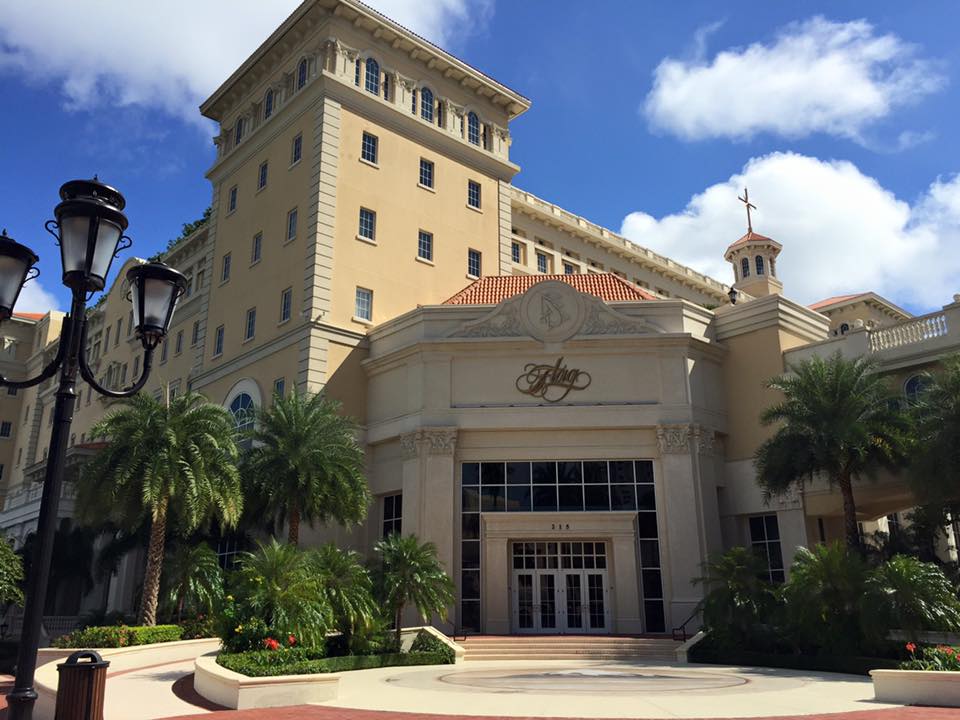After (Scientologist) Tom Cruise criticized actress Brooke Shields’ use of antidepressants to treat postpartum depression in 2005 — and later claimed in an interview with the Today Show’s Matt Lauer to be something of an expert on the history of psychiatry, a practice vehemently opposed by Scientology — I got very curious.
Not about the religion, necessarily; plenty of articles had been written and/or posted on the Internet by former Scientologists (including founder L. Ron Hubbard’s son, L. Ron Hubbard, Jr., who reportedly changed his name to Ron deWolf in the early 1980s). Anything else there was to know could be found in any one of the many books written by L. Ron Hubbard. To name a few: Dianetics; Scientology: The Fundamentals of Thought; and What is Scientology? (Note: this was pre-Leah Remini’s Scientology and the Aftermath on A&E.)
What wasn’t available was a glimpse inside the church itself — what did it look like on the other side of the front door? And what would a conversation sound like between a Scientologist and a first-time visitor?
It was easy enough to find churches near where I lived at the time in Rochester, N.Y. — there’s a large one on Main Street in Buffalo, N.Y., and a small mission in Ontario, N.Y.
I called the mission first. A woman answered. My question was simple: “When are services held?”
Her reply was to ask me a list of her own questions: “What got you interested in Scientology?” “Have you read anything about it?” “What book are you reading?” “How far into the book are you?” “Where did you buy the book?” “Have you read any of L. Ron Hubbard’s other books?” “What area of your life are you hoping to improve?” “What about Scientology appeals to you?”
After trying my best to answer honestly — I got curious years ago after seeing a copy of Dianetics lying around; I’d read a little about it; I was reading Scientology: Fundamentals of Thought; I bought the book online; I hadn’t read any of the other books; I wanted to improve my capacity for patience — I was told services were held Sundays at 11 a.m.
Deciding to visit
But it was only Thursday, and I was impatient. I decided to visit the Buffalo location, which had weekday hours. When I called to verify they were open, the woman who answered the phone said they were, asked me what time I thought I’d be there, and took my first and last name and phone number.
After ending the call, I got in the car and pulled onto the interstate, but a few minutes into my drive a winter mess of snow and rain started to fall. I turned around.
On the way home, I wondered whether I should call the church to say I wouldn’t be coming. Just to be polite. But then I thought, “Nah. What do they care? I’ll just show up tomorrow.”
I also wondered whether they would call me when I didn’t show up.
“No way,” I thought.
Half an hour after I got home, my cell phone rang.
The caller was a man who said his name was Neil. Neil was calling from the Buffalo Church of Scientology to say, “Hi! I’m just following up on your call earlier. You wanted to come by?”
I explained why I hadn’t made the trip and told him I planned to come sometime the next day. But Neil wanted details.
“When do you think you’ll be here?”
“How long does it take you to get here?”
“Do you think you can be here in the morning?”
“Why don’t you plan on being here between 10 and 11 a.m.? Actually, 10 o’clock works best for me, so how about that?”
He also asked the same questions the woman from the mission had asked. I answered, probably sounding a lot less interested than I had the first time.
Neil and I ended the phone call, both of us saying we looked forward to our meeting.
Inside the church
I had no idea what to expect from the Church of Scientology. Because there’s so much secrecy associated with the organization, I hoped for something resembling the dungeon-like setting in the movie The Skulls.
I envisioned torches. Cinderblock walls. Cement platforms for symbolic sacrifices or other rituals. You know, something sinister.
Outside, the building was architecturally beautiful. Housed in a 110-year-old structure that was once the public library, the Buffalo Church of Scientology was marked only with a black Cross of Scientology affixed to the building’s curved, exterior corner and a sign above the main entrance. (Please excuse the photograph, which I took on an old flip phone.)

Going inside was not like walking into any church I’d ever seen. Instead, it was a lot like walking into a business office. A woman sat at a reception desk in the lobby, and an open doorway on the right led to something I couldn’t see.
The introduction
I introduced myself to the woman. She stood up, went to that open door, and said, “Neil.”
Neil, in his early 20s, came out to the lobby and shook my hand and smiled. He wore black pants, a white shirt, a burgundy tie, and glasses.
He invited me through the doorway, which led into a vast room with tall windows, shelves that reached to the windowsills, and — taking up half of the long, rectangular room — four work stations, each with a large desk and an extra chair where people like me sat for initial interviews.
Overlooking the entire floor was a second-story office with a floor-to-ceiling window. A balding man — also wearing the black pants, white shirt, and burgundy tie — paced behind the glass with a telephone to his ear.
The bookshelves surrounding the workstations held copies of every imaginable publication written either by Hubbard or by Scientology organizations that base their writings on Hubbard’s ideas.
Displays about 7-feet-tall and 20-feet-wide lined much of the rest of the walls. These high-tech billboards — solid and molded into wide waves like an undulating flag — bore simple diagrams complemented by illustrations to explain such Scientology concepts as the journey from “pre-clear” to “clear,” and the “Tone Scale.”
A “pre-clear,” as defined by Scientology, is a person who is receiving Scientology or Dianetics auditing on his or her way to becoming “clear.”
A “clear,” Scientology says, “is an unaberrated person and is rational in that he or she forms the best possible solutions on the data he or she has, and from his or her viewpoint. The clear has no engrams which can be re-stimulated to throw out the correctness of computation by entering hidden and false data.”
In the middle of the room stood a faux wall with a flat screen monitor mounted to each side showing videos of Scientology advertisements.
I didn’t listen to them, because I’d just realized I wasn’t carrying my car keys. I interrupted Neil, who was explaining a display board, to tell him I had to run outside to find out whether I’d left them in my locked car.
I had. But there was nothing I could do just then, so I hurried back to the church, where Neil waited in the entry.
The tour
One wall display explained the state of a person’s calm (or lack thereof) before and after reaching the level of “clear.” On the display, the same man is pictured with three different facial expressions. Behind him, a sky-blue background.
—Image 1: Man looks frustrated, angry. He’s sneering, or snarling. Hovering like the angel and devil from old cartoons are the words “Reactive” on the left, surrounded by a cluster of squares in varying shades of red, and “Analytical” on the right, the nice blue background behind it.
—Image 2: Man looks much less frustrated, but still a little disgruntled. On the left, the red squares around “Reactive” have dissipated some, and “Analytical” remains the same.
—Image 3: Man smiles widely. “Reactive” has disappeared because the man has become completely analytical. This means he has become a “clear.”
According to Neil, who said his parents were Scientologists and who himself fully entered into the study at age 11, the reaction time of a “clear” is half that of a “pre-clear.”
“Clears aren’t busy thinking about damaging events from their past before they react to what’s happening right now,” he said.
Which explains why Cruise, in a 2004 video posted on YouTube, says a Scientologist “is the only one who can really help” at an accident scene.
I asked Neil, while looking at a series of car accident scenes on a display, “What if you don’t have anything damaging in your past?”
He shrugged and smiled. “It’s for other things, too — whatever is holding you back from achieving your goals.”
Private screening
After looking at more displays, which Neil read to me one by one, he ushered me into a small, classroom-sized movie theater to watch Hubbard’s “only taped interview.”
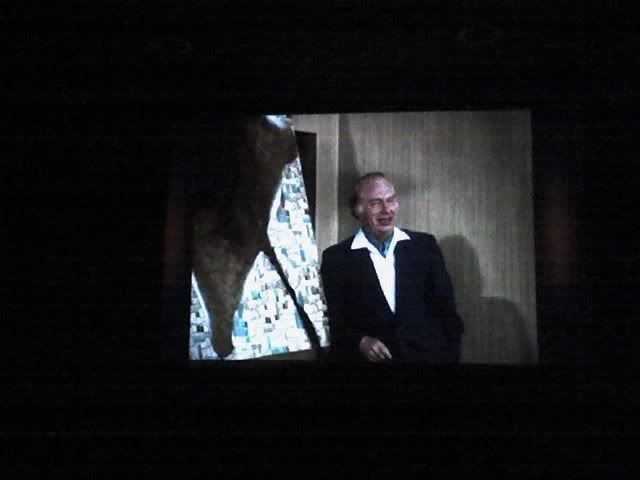
I was alone. For 45 minutes I listened to Hubbard’s exchange with a young male “journalist” who asked leading and innocuous questions likely prepared by Hubbard.
In the film, Hubbard outlined the goals of Scientology, insisted on it not being compared to psychiatry or psychology, and denied claims that Scientology is anti-religion.
The interview ended and the credits rolled. I wondered, off and on throughout the interview, whether Neil would open the door to the theater the second the screen went black.
He did.
He then took me out to sit with him on a set of sofas near the two-sided faux wall mounting the flat-screen monitors. He sat near the end of one sofa, facing me, and I sat toward the opposite end of the other, facing him. The space between the sofas might have been two feet.
He slid down toward the end of his sofa so that we were, as much as possible, directly across from one another.
Neil asked some basic questions I’d already answered on the phone: How much did I know about Scientology? What did I think Scientology was for?
The E-Meter
After a few minutes of that he brought me to an electro-psychometer, or E-Meter, called a “religious artifact” on one Scientology Web site. It was a small machine connected to what resembled two tin cans, and I was allowed to sample it.
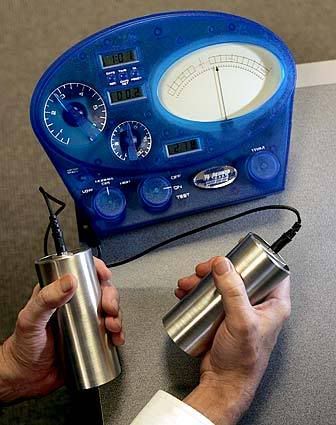 An E-Meter is used in auditing — or personal counseling — sessions and, Neil explained, senses subconscious thoughts. As the subconscious experiences unpleasantness or other emotional stimuli, the needle registers those thoughts through the pulses it receives from the hands holding the two cans and reacts by bouncing.
An E-Meter is used in auditing — or personal counseling — sessions and, Neil explained, senses subconscious thoughts. As the subconscious experiences unpleasantness or other emotional stimuli, the needle registers those thoughts through the pulses it receives from the hands holding the two cans and reacts by bouncing.
I couldn’t stop watching the needle. It certainly did jump. When it did, Neil said, “See that? What were you thinking there?”
I had to be honest. “I was wondering if the needle would jump.”
I put the tin cans down.
“I guess in a real session the person being audited isn’t watching the needles,” I said.
“No,” he laughed. “The auditor is the only one who can see it, and he uses it as a guide. It helps him determine which questions to ask.”
He moved us to his desk, which was just behind the E-Meter. We sat down.
For the next half-hour, Neil asked more questions. What did I want? What was keeping me from achieving my goals?
I answered truthfully.
“Scientology can help you with all of that,” he said. “Once you’ve gone through auditing, you find you do better. You learn that what you think is a big deal is nothing more than a problem to be solved. Once you reach that point, the point of clear, everything just gets better and better. You find yourself with more and more things to handle, but only because you find you can handle more.”
Attaining ‘clear’
He added that people who reach “clear” rarely get sick and even reduce the number of accidents they might otherwise have. “Accidents” include tripping, running into things, and, I imagine, locking keys in their car.
Neil also told me Scientology can improve a person’s IQ.
“I’ve kind of hit a plateau,” he said with what seemed to be genuine modesty. “Once you reach a certain point, it’s kind of hard to get much higher.”
I smiled, said, “Yeah,” and laughed a little. Boy, didn’t I know it!
Neil recommended I take a $35 course in Dianetics, a “spiritual healing” course (and also the title of Hubbard’s first book).
“I’ll think about it,” I said. “I’ll see how things go at the Sunday service.”
He said I needed the help of Scientology and that he could tell I was serious about it.
Neil watched me. He’d been watching me pretty closely the whole time.
When I’d first arrived, one of the displayed charts he presented was the “Tone Scale” chart. The lower a person is on the scale, the more difficult they are to deal with. I’d pretended to study it, watching Neil peripherally as he studied me.
When I’d nodded, as if to say “done,” Neil told me he was so skilled at reading people he could tell immediately where they fell on the scale.
“I get a handle on people pretty fast,” he’d said.
It was getting late, so I asked for a phone book (this was in the pre-iPhone era) to find a local locksmith to let me into my car. While I looked through the pages, Neil said, “You have clear goals, but you just need someone who’s trained to help you get rid of the obstacles being created by your reactive mind.”
He added that he was glad to have someone who was genuinely interested.
“Sometimes you get people who don’t want help,” he said, flipping through a binder of personality charts. He explained that each person’s chart showed personality improvements after a month of auditing sessions.
“Why would someone come in if they don’t want help?” I said.
“Oh, just to cause a disturbance,” he said. “To make trouble. You have people who cause problems in the bank. People who cause problems with the cashier at a gas station. Some people just like causing trouble.”
I went back to looking through the yellow pages.
“How often do you lock your keys in your car?” he said, and I remembered what he’d said earlier about “clears” having fewer accidents or mishaps.
“A while ago, it was all the time. Then I stopped. Now it’s happening again.”
I could feel him creating lines to read between. I had to defend myself. “I just — if I mess with something inside my car before I get out, I seem to forget about my keys.”
I dialed the number to the locksmith.
Neil must have been convinced — or was he convinced he’d convinced me? — because he got up to talk to a man who was on his way out. As he stood, he muttered, “I need to catch this guy so I don’t lose him.”
At about the same time, the locksmiths arrived and took twenty minutes to break into my car (1992 Toyota Corolla: uncommonly secure).
Neil saw me out and invited me to return.
I don’t remember what I said. Probably, “That would be nice. I’ll be in touch.” Instead, I waited until Sunday and – also out of curiosity – attended the small service in Ontario, N.Y. If you’re curious about what that’s like, I highly recommend you find a service and experience it, yourself.
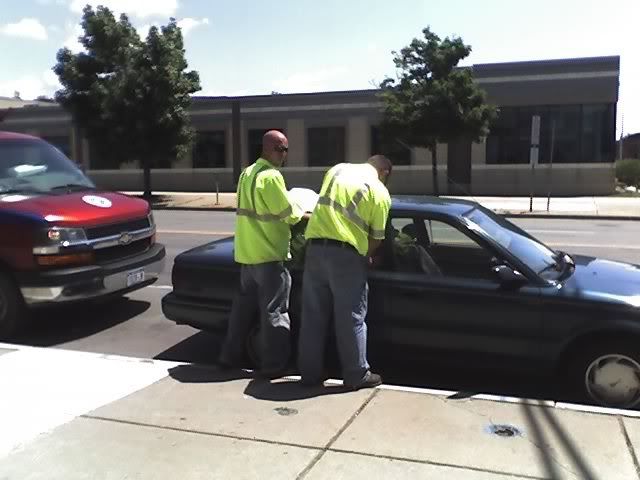
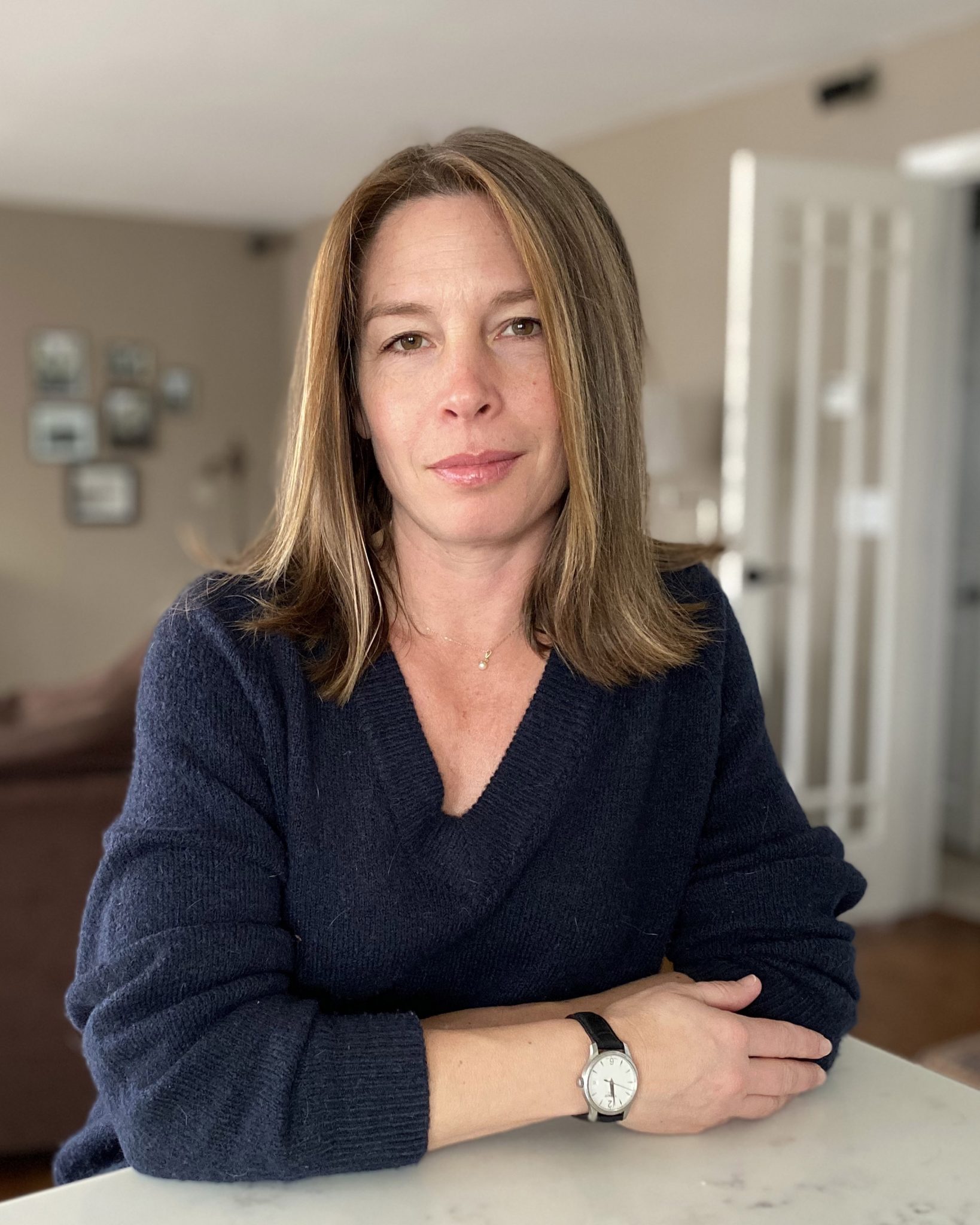
Kristen Tsetsi is the author of the post-Roe v. Wade novel The Age of the Child, called “scathing social commentary” and “a novel for right now.” She is also the author of the novels The Year of Dan Palace and Pretty Much True (studied in Dr. Owen W. Gilman, Jr.’s The Hell of War Comes Home: Imaginative Texts from the Conflicts in Afghanistan and Iraq). Kristen’s interview series at JaneFriedman.com offers behind-the-scenes insights into all things writing and publishing.
